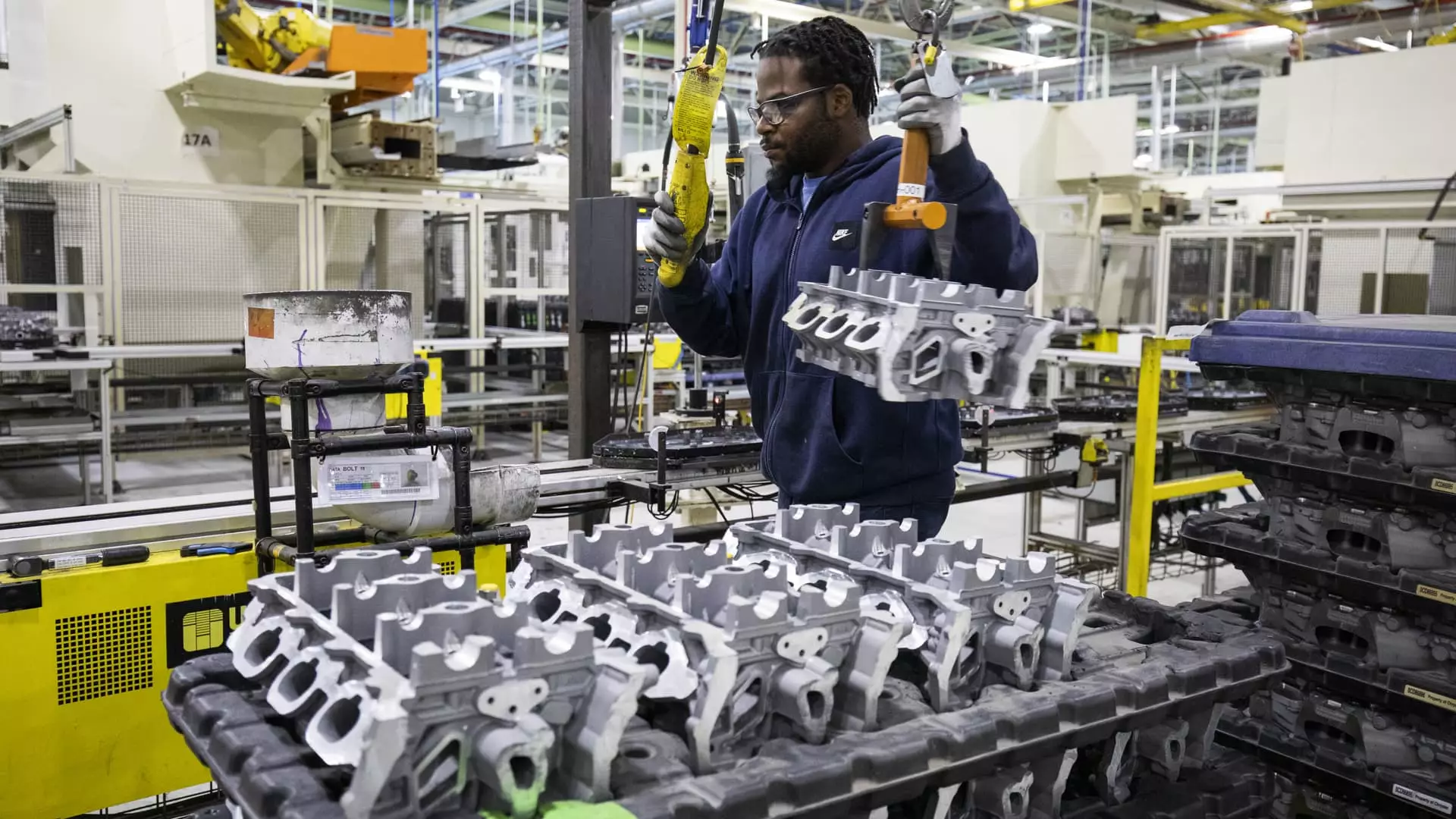In an alarming move that highlights the urgent need for collaboration, six influential automotive policy groups in the United States are rallying together for the first time to combat impending tariffs. The imposition of a staggering 25% tariff on auto parts, slated to take effect on May 3, has raised significant concerns not only among industry leaders but also within the broader workforce. This coalition, composed of major industry players such as the Alliance for Automotive Innovation and the National Automobile Dealers Association, expresses deep apprehension about the potential ramifications these tariffs could have on the stability of U.S. automotive production and, consequently, on American jobs.
This unprecedented unity in the automotive sector underscores a critical point: the well-being of a massive industry, one that supports 10 million jobs across the country, hangs in the balance. Their joint letter emphasizes that numerous auto suppliers are on the edge of collapse and simply cannot absorb the financial hit that tariffs would entail. The figurative “domino effect” of a single supplier’s failure can quickly escalate into widespread production disruptions—a scenario reminiscent of past crises like the pandemic.
The Perilous Economic Landscape
The automotive industry is known for its intricate global supply chains, which are incredibly vulnerable to sudden regulatory changes. As articulated in the joint letter, auto suppliers face immense pressure and, in many cases, are ill-equipped to withstand abrupt disruptions in trade policy. In their plea to the Trump administration, they warn that the repercussions of these tariffs could lead to production halts, layoffs, and even bankruptcies. The letter encapsulates the fear that once a supplier fails, it could trigger a ripple effect that devastates not just one automaker but the entire industry.
Industry insiders and analysts predict dire outcomes stemming from these tariffs—estimating a potential decline in vehicle sales by millions of units. Such a downturn could culminate in market chaos, with both new and used vehicle prices skyrocketing. The economic implications are staggering, with anticipated costs surpassing $100 billion. This scenario raises serious questions about the administration’s understanding of the automotive sector’s complexities.
Presidential Intervention: A Double-Edged Sword
President Trump’s recent statements hinting at possible tariff relief for some automakers have been greeted with cautious optimism. His acknowledgment of the need for time as companies transition to sourcing parts domestically reflects an understanding of the intricacies involved in reshaping supply lines. However, the question remains: is this enough to mitigate the impending crisis? The automotive industry has urged for a more thoughtful approach, stressing that achieving a fully domestic supply chain is not an overnight task. Transforming entrenched global networks will require careful planning and execution.
While nominal support from the administration is welcome, it may not address the immediacy of the rising tariff threat. The collaboration among these groups serves as a stark reminder that even the administration’s own policies can inadvertently lead to chaos on American soil. Such contradictions only add to the mounting frustration within the automotive community, as they grapple with rising costs and uncertain futures.
A Call to Action: The Industry’s Responsibility
The urgency of the situation cannot be overstated. The automotive industry is more than just a business; it is a cornerstone of the American economy that fuels innovation, supports millions of livelihoods, and drives technological advancements. As car manufacturers pivot toward electric vehicles and sustainable practices, the foundation must be built on a robust and cohesive supply chain. Unaddressed, these tariffs threaten to create divisions rather than promote the collaborative spirit required for future success.
It is imperative for industry leaders and policymakers to recognize the serious consequences that could arise from a lack of resilience in their supply chains. A more thoughtful, pro-active stance is necessary with a focus not solely on immediate tariffs but on cultivating an environment conducive to long-term growth and sustainability. If the past few years have taught us anything, it’s that the interconnected nature of the automotive sector demands a united front amidst adversity.
This confluence of urgency, economic pressure, and supplier distress must serve as a wake-up call. Time is now for stakeholders—from manufacturers to policymakers—to rise to the occasion and forge a path that preserves both jobs and the integrity of the U.S. automotive sector. The stakes could not be higher.


Leave a Reply